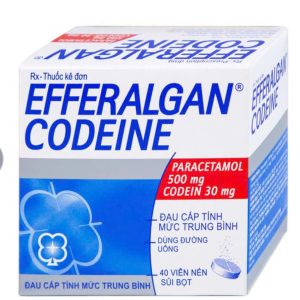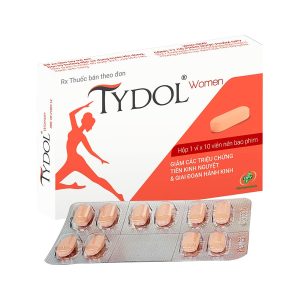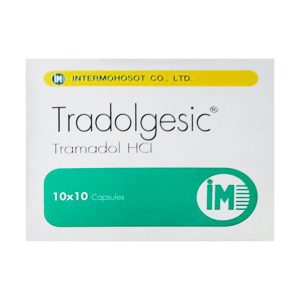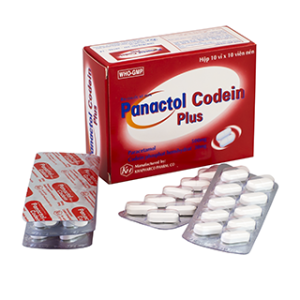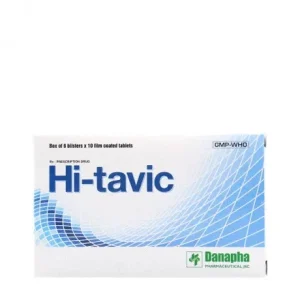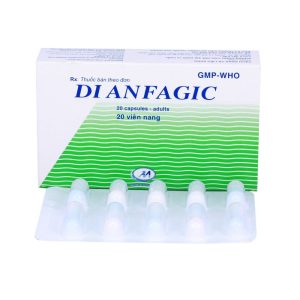We deliver to you every day from 7:00 to 23:00
The best discounts this week
Every week you can find the best discounts here.
Painkillers for Menstrual Pain: Your Guide to Finding Relief
Menstrual pain, also known as dysmenorrhea, is a common issue that affects many women each month. The pain can range from mild cramping to severe discomfort, often disrupting daily activities. Thankfully, there are various painkillers for menstrual pain that can help manage the discomfort and improve quality of life. In this guide, we’ll explore the best painkillers for menstrual cramps, along with some useful tips and remedies for managing the pain effectively.
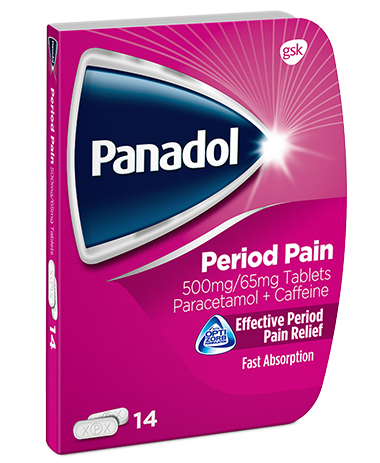
Understanding Menstrual Pain
Menstrual pain is typically caused by the shedding of the uterine lining, which triggers the release of chemicals called prostaglandins. These prostaglandins cause the uterus to contract, leading to cramps, discomfort, and sometimes nausea or headaches.
The severity of menstrual pain varies from person to person. For some, cramps are manageable and don’t interfere much with daily life. However, for others, menstrual pain can be debilitating, leading to missed work or school days.
Best Painkillers for Menstrual Pain
1. Non-Steroidal Anti-Inflammatory Drugs (NSAIDs)
NSAIDs are often the first line of defense for menstrual cramps. These medications, such as ibuprofen (Advil, Motrin) and naproxen (Aleve), are effective because they not only relieve pain but also reduce inflammation.
Benefits of NSAIDs:
-
Effective in reducing menstrual pain and inflammation.
-
Available over-the-counter (OTC), no prescription required.
-
Can also reduce the severity of other menstrual symptoms, such as headaches.
Side Effects:
-
Can irritate the stomach lining, especially when taken without food.
-
Prolonged use can lead to kidney problems or gastrointestinal issues.
2. Acetaminophen (Tylenol)
If you cannot tolerate NSAIDs or prefer an alternative, acetaminophen is a popular option. It works by blocking pain signals to the brain, helping to alleviate mild to moderate menstrual cramps.
Benefits of Acetaminophen:
-
Gentler on the stomach compared to NSAIDs.
-
Available OTC and easy to use.
-
Often suitable for people who cannot take NSAIDs due to medical conditions.
Side Effects:
-
Overuse can cause liver damage.
-
May not be as effective for severe pain or inflammation compared to NSAIDs.
3. Panadol Period Pain Relief
Panadol Period Pain is specifically designed to provide relief from menstrual cramps. It contains paracetamol, which works similarly to acetaminophen, but is formulated for those experiencing period pain.
Benefits of Panadol Period Pain:
-
Targets pain directly associated with menstrual cramps.
-
Provides fast-acting relief for moderate pain.
Side Effects:
-
Similar to acetaminophen: potential liver damage with prolonged use.
-
Generally safe when used as directed.

Home Remedies for Menstrual Pain Relief
In addition to medications, there are several home remedies that can help alleviate menstrual cramps. These natural methods may not always provide complete relief, but they can be beneficial when combined with painkillers.
1. Heat Therapy
Applying heat to the abdomen can help relax the muscles of the uterus, reducing cramping and discomfort. A heating pad, hot water bottle, or warm bath can provide soothing relief.
Benefits:
-
Relaxing and comforting.
-
Can be used in combination with painkillers for added relief.
2. Exercise and Stretching
Light physical activity, such as walking or yoga, can help improve blood circulation and release endorphins, which act as natural painkillers. Gentle stretching can also alleviate muscle tension and reduce cramping.
Benefits:
-
Increases blood flow and releases endorphins.
-
Helps manage pain over time.
3. Dietary Adjustments
Certain foods and drinks can help reduce menstrual pain. Magnesium-rich foods (like leafy greens, nuts, and seeds), as well as omega-3 fatty acids (found in fish), can help reduce inflammation and improve overall health.
Benefits:
-
Supports overall reproductive health.
-
Helps prevent excessive inflammation and discomfort.
When to See a Doctor for Menstrual Pain
While most menstrual pain can be managed with over-the-counter medications and home remedies, there are times when you should seek medical attention. If you experience any of the following, it’s important to see a doctor:
-
Pain that is severe and unrelieved by medication.
-
Heavy menstrual bleeding or clots.
-
Pain that interferes with your daily life regularly.
-
Other symptoms such as fever, vomiting, or dizziness.
Endometriosis and Fibroids:
Severe and persistent pain could be a sign of conditions like endometriosis or fibroids. These conditions may require specific treatment beyond typical pain relief, such as hormonal therapy or surgery.
FAQs About Menstrual Pain and Pain Relief
1. Can I use NSAIDs and acetaminophen together for menstrual cramps?
It’s generally safe to use both, but you should stagger their use to avoid exceeding the recommended daily dose of either. For example, you could take ibuprofen, followed by acetaminophen a few hours later.
2. Is there a risk of addiction to painkillers for menstrual cramps?
Most painkillers for menstrual cramps, including acetaminophen and NSAIDs, are not addictive. However, they should only be used as directed, and long-term use should be avoided unless prescribed by a doctor.
3. How long should I take painkillers for menstrual pain?
Painkillers should only be taken during your menstrual period, and ideally for a few days when the pain is at its worst. If you find that you need pain relief regularly, it may be worth consulting a doctor to explore other treatment options.
4. Are there any natural supplements for menstrual pain relief?
Some women find relief from herbal supplements like ginger or turmeric, which have anti-inflammatory properties. However, these should be used with caution and preferably under the guidance of a healthcare provider.
Conclusion
Menstrual pain is a common issue, but with the right pain relief strategies, it doesn’t have to disrupt your life. NSAIDs, acetaminophen, and specialized medications like Panadol Period Pain can effectively manage cramps and reduce discomfort. Additionally, incorporating home remedies such as heat therapy, light exercise, and a healthy diet can offer further relief.
If menstrual pain becomes severe or chronic, it’s important to consult with a healthcare professional to rule out underlying conditions. With the proper treatment, you can enjoy a pain-free period each month.


